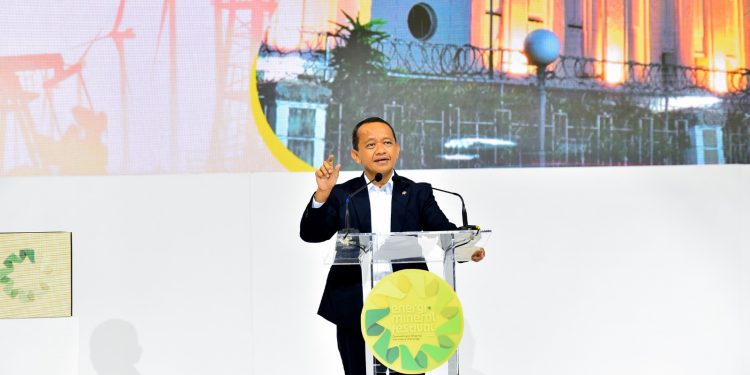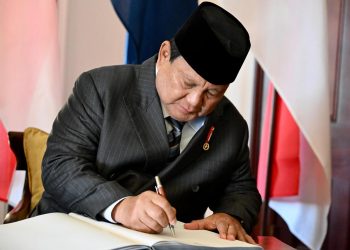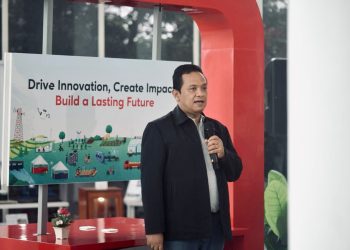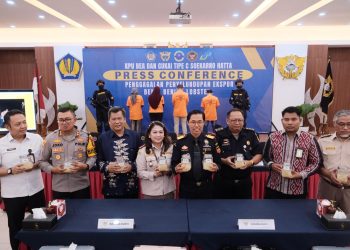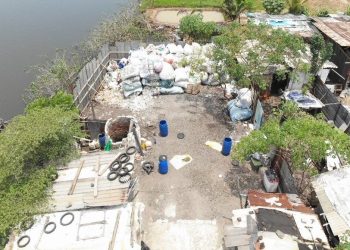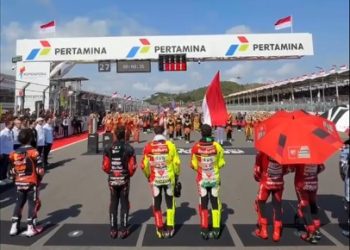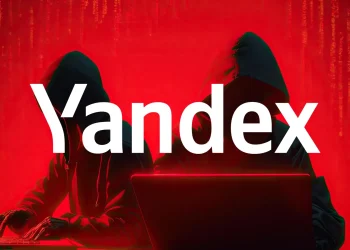Jakarta, Indonesia Sentinel — Indonesian Minister of Energy and Mineral Resources (ESDM) Bahlil Lahadalia identified four major challenges the country must overcome to achieve national energy self sufficiency.
Bahlil revealed the challanges at the 2025 Energy Mineral Festival, co-hosted by B-Universe and the Ministry of Energy and Mineral Resources at Hutan Kota by Plataran in Jakarta on Wednesday (July 30, 2025).
He praised the event as an important platform for communicating energy issues in a more accessible and inclusive manner, particularly for younger generations.
“Energy affects all levels of society, from the grassroots to the top. That’s why I want to engage in dialogue and create an educational framework that resonates with everyone, especially our youth,” he said.
He emphasized that the festival serves as a strategic moment to broaden public understanding of the direction and development of Indonesia’s energy and mineral sectors.
Four Challenges to Energy Sovereignty
In his remarks, Bahlil outlined four key challanges standing in the way of Indonesia’s efforts to achieveenergy self sufficiency:
- Uneven Energy Access
The first challenge is the unequal distribution of energy across Indonesia, particularly in rural areas and smaller islands. Bahlil revealed that thousands of villages and hamlets still lack access to electricity.
“There are still 5,700 villages and 4,400 hamlets without electricity. The president has issued a clear directive: every citizen from Aceh to Papua must have access to electricity,” Bahlil stated.
To address this, he stressed the importance of bolstering infrastructure and energy production across oil and gas, renewable energy, and electricity networks.
- Low Share of Renewable Energy
The second challenge is Indonesia’s continued reliance on fossil fuels. Bahlil said that as of 2024, renewable energy accounts for just 14.16% of the country’s primary energy mix, well below the 23% target set for 2025.
“If we’re serious about meeting our net-zero emissions target by 2060, we must push the renewable energy transition more aggressively,” he asserted.
Read Also:
- Economic Pressures and Subsidy Burden
From a macroeconomic standpoint, Bahlil pointed to shrinking fiscal space and the growing cost of energy subsidies, particularly for fuel, electricity, and liquefied petroleum gas (LPG).
“Indonesia consumes about 8.5 million tons of LPG annually, but domestic production is only around 1.5 million tons. The rest is imported,” he said.
He advocated for downstream energy development, including greater use of dimethyl ether (DME) as a substitute for imported LPG.
- Global Instability and Geopolitical Risks
The final challenge stems from ongoing global uncertainty. Bahlil cited conflicts in key energy-producing regions such as Russia-Ukraine and the Middle East, as well as rising geopolitical tensions in Southeast Asia.
“Global economic conditions are far from stable. We’re seeing escalating geopolitical tensions — from the Middle East to Europe. Just a few days ago, we saw renewed friction between Thailand and Cambodia,” he warned.
Bahlil concluded by calling for broad-based collaboration to tackle these challenges and accelerate Indonesia’s transition to a more sustainable and equitable energy system.
(Raidi/Agung)


